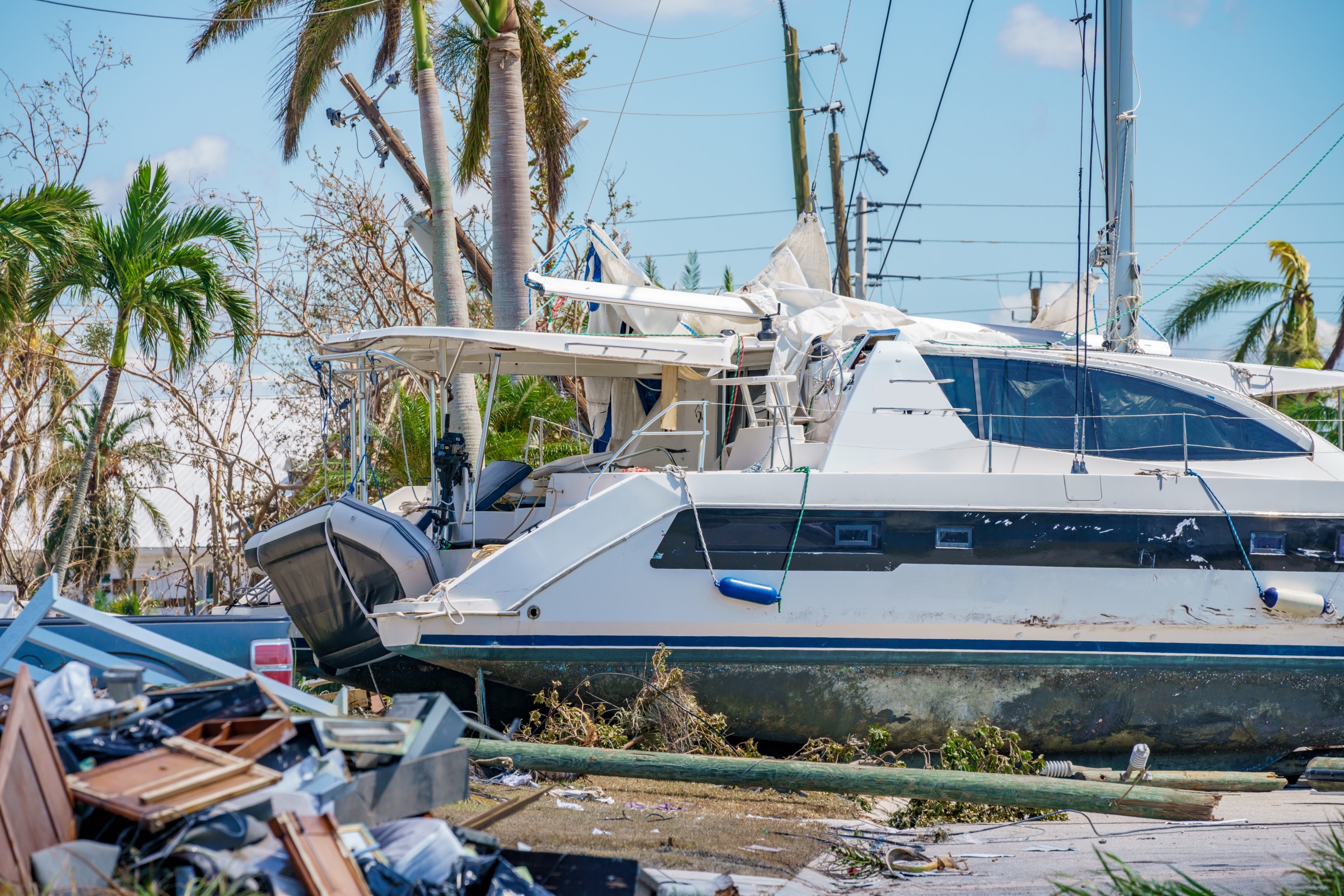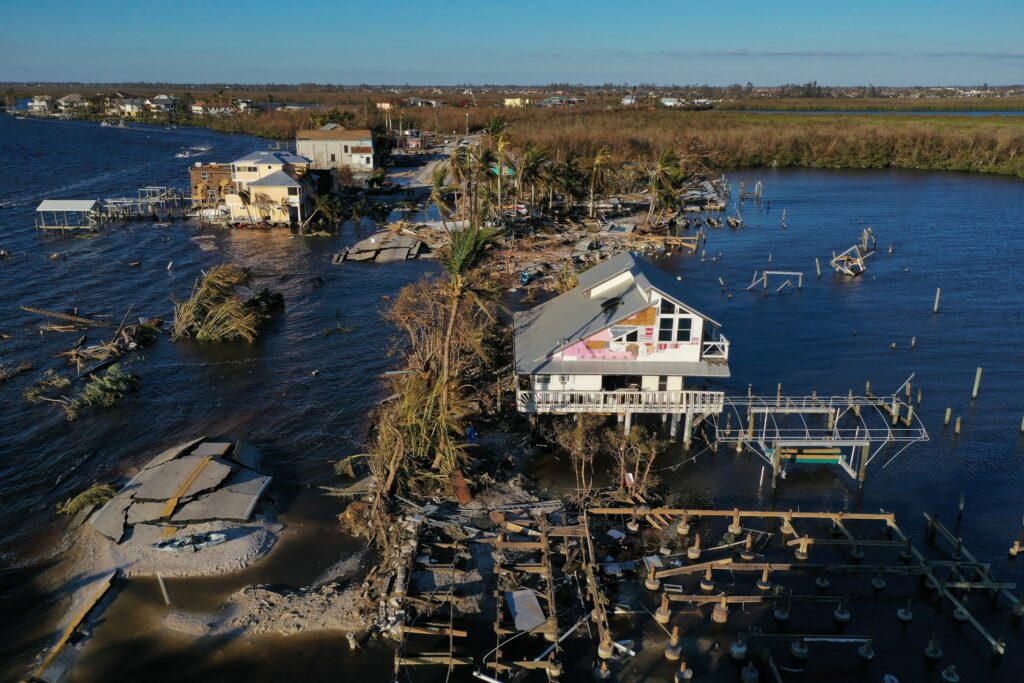
Heavy Rain, Flooding, and Chance of Severe Weather Staring Down the Southern U.S.
January 22, 2024
Posted: October 17, 2022 10:33 am





Hurricane Ian struck Fort Myers Beach hard, leaving the area completely submerged. The high storm surge caused high amounts of flooding, posing a threat to several residents. In the following weeks, meteorologists began collecting and analyzing area data to help them better understand hurricanes and improve forecasting capabilities. The data collected from surveying the Hurricane Ian aftermath can also be used to improve communication with the public as danger approaches.
It’s been a little over two weeks since Hurricane Ian made landfall on September 28. This Category 4 storm slammed the Gulf Coast and southwestern Florida, causing damage and flooding. Since its landfall, meteorologists have been working to analyze the damage to better understand the storm’s behavior.
The National Weather Service sent a team of professionals to promptly survey the damage. Fort Myers Beach was among the hardest hit by Hurricane Ian, and the team found the highest surge values in that area. The team examined buildings that were partially submerged in water. Some homes saw flood damage on the second floor, with some waves causing damage at even higher levels.
Hurricane Ian brought waters up to 15 feet above the normal high-water level. Nearby Sanibel Island is also facing an overwhelming amount of water. These high storm surges are on par with other recent hurricanes, including Hurricane Laura, which brought a maximum storm surge of 18 feet to Louisiana. Another recent storm that hit Mexico Beach in Florida, Hurricane Michael, had a similar storm surge of 15 feet.

While the forecast for the height of the storm surge was correctly predicted by meteorologists, Fort Myers residents told reporters that they were shocked to see how fast the water rushed into their homes. Surges are often difficult for people to visualize, and it is often compared to large amounts of rain or wind. Storm surges also present other dangers that many people don’t think about, such as power outages or complete property destruction.
Unfortunately, several Fort Myers residents decided to ride out Hurricane Ian. As the storm surged caused water levels to quickly rise, residents found themselves rushing to get to higher ground. Some people tried to flee from hazardous areas, only to find themselves unable to drive out of the flooded areas. As of October 12, there were 108 fatalities reported by Florida’s Department of Law Enforcement.
The data collected from the aftermath of Hurricane Ian will provide meteorologists with key data they can use the next time a storm or hurricane threatens the area. They can use this data to improve communication with law enforcement and the public.
Water rising can pose a greater threat than wind. Inland flooding often brings a higher death toll than other hurricane damage. Offering more descriptive warnings to residents that could be affected by the storms could help people better prepare for flooding or other damage.
While the AccuWeather team will be wrapping up their research soon, the National Weather Service will be continuing to survey the Fort Myers Beach area.
If you find yourself in the path of a hurricane or tsunami, you should follow any instructions from law enforcement. In an unexpected storm surge occurs in your area, it’s often better to get to higher ground than to try and navigate through unknown dangers. Never underestimate the power of the storm.
Did you find this content useful? Feel free to bookmark or to post to your timeline for reference later.

January 21, 2024

January 19, 2024

January 18, 2024